On May 29, 2025, Ukrainian President Volodymyr Zelensky accused China of halting drone sales to Kyiv and other European nations while continuing to supply Russia, raising concerns for drone professionals and military operators relying on these technologies. According to a Bloomberg report, Zelensky’s statements highlight a strategic shift by China that could reshape drone availability and usage in ongoing conflicts.
Drones in Modern Warfare: The Role of the Mavic
The Mavic series, particularly the DJI Mavic 3 Pro and its successor the DJI Mavic 4 Pro highlighted in the Bloomberg article, are a popular civilian quadcopters designed for aerial photography. However, its adaptability has made it a critical asset on the battlefield. These drones can be modified to carry explosives, enabling both surveillance and direct attacks on enemy targets.

In Ukraine, drones like the Mavic have become essential for limiting offensive maneuvers and supporting long-range strikes far behind enemy lines. Zelensky noted, “Chinese Mavic is open for Russians but is closed for Ukrainians,” underscoring the disparity in access that could tilt the balance in the conflict.
China’s Export Policies: A Strategic Divide
China’s decision to restrict drone sales to Western buyers while increasing shipments to Russia has sparked international concern. A European official, speaking to Bloomberg, confirmed that China has also curtailed deliveries of key drone components, such as magnets used in motors, to Western markets while simultaneously ramping up supplies to Russia. This move aligns with reports from last summer, which revealed Chinese and Russian companies collaborating on attack drones. The U.S. and European Union have since sanctioned several Chinese firms for supporting Moscow’s drone manufacturing operations, with a recent package of measures adopted by Brussels earlier this month.
China’s foreign ministry, however, denied these accusations, stating, “China has never provided any side with lethal weapons and strictly controls dual-use items.” The ministry emphasized its commitment to “stopping the war and promoting peace talks,” rejecting claims of political manipulation. Despite this, the restrictions on drone exports to the West could disrupt supply chains for drone professionals and recreational pilots in the U.S. and Europe, who rely on Chinese-manufactured drones and components for their operations.
Ukraine’s Response: The Drone Line Project
To counter the shortfall, Ukraine has launched initiatives like the Drone Line project in March 2025, aiming to create a “kill zone” extending up to 9 miles (15 kilometers) along the front line. This project seeks to limit Kremlin troop maneuvers and provide air support for Ukrainian infantry. Zelensky revealed that Kyiv has the capacity to produce 300 to 500 drones every 24 hours but faces significant financial hurdles.
“There is no issue in production capacity,” he said. “The issue is in financing.”
This bottleneck could hinder Ukraine’s ability to maintain its drone advantage, especially as Russia continues to outnumber Kyiv in artillery shells, relying on combat drones to offset the gap in a war of attrition.
Implications for Drone Professionals
For drone professionals and recreational pilots, China’s export restrictions could lead to shortages of popular models like the DJI Mavic series, which dominate the consumer and commercial markets. With the U.S. and EU imposing sanctions on Chinese firms, alternative suppliers may emerge, but the transition could drive up costs and delay access to cutting-edge technology.
Additionally, the evolving use of drones in military contexts may prompt stricter regulations on dual-use technologies, impacting how drones are developed and sold globally. As the conflict in Ukraine continues to reshape the Drone Industry, professionals will need to stay informed on supply chain shifts and regulatory changes to adapt effectively.
Discover more from DroneXL.co
Subscribe to get the latest posts sent to your email.

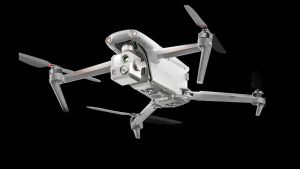


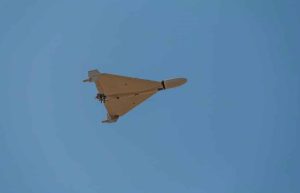

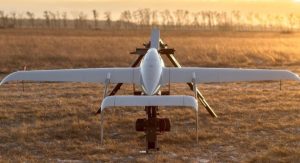
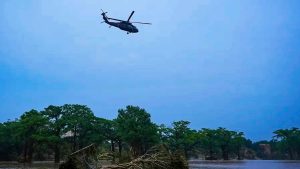

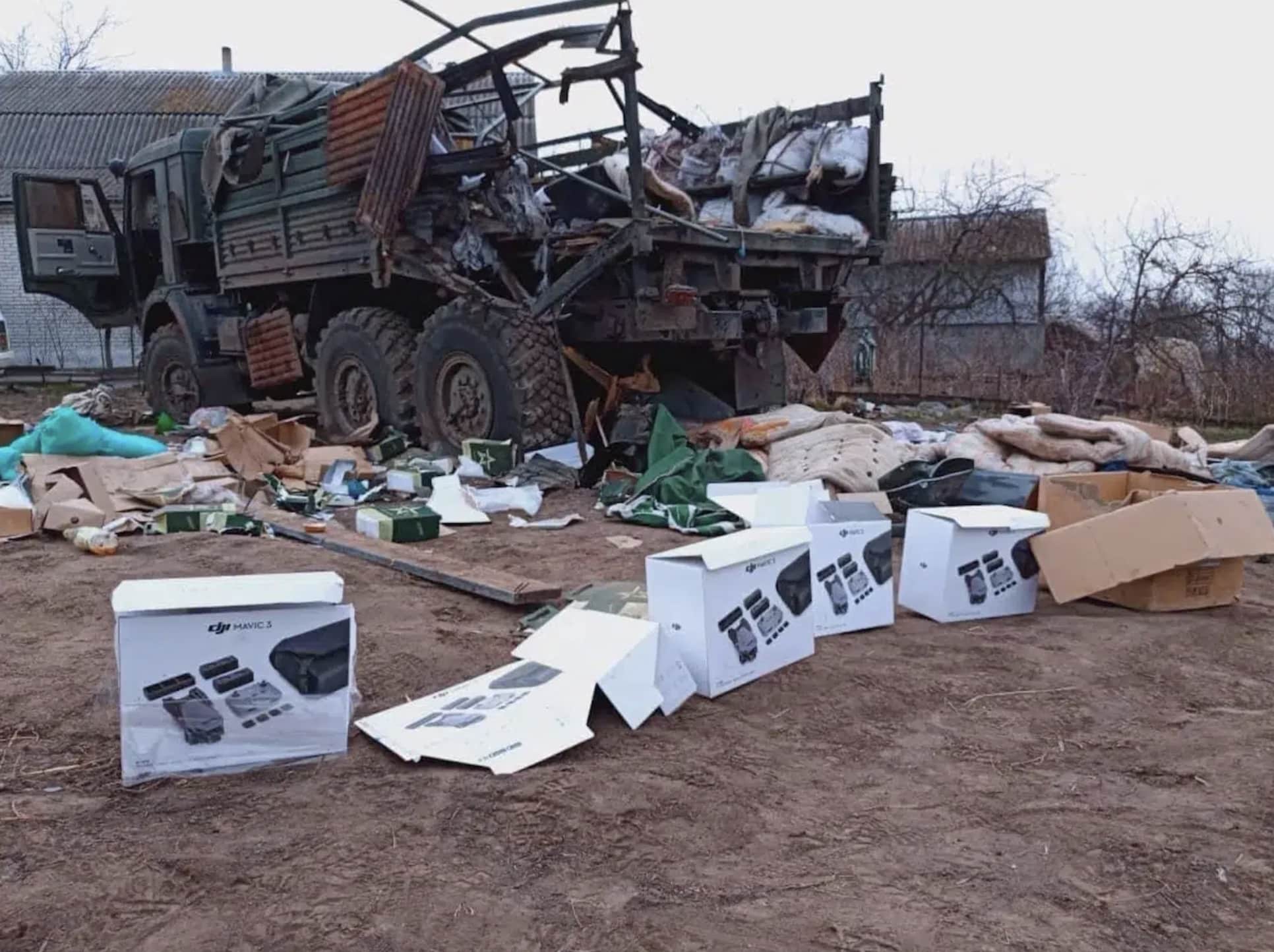
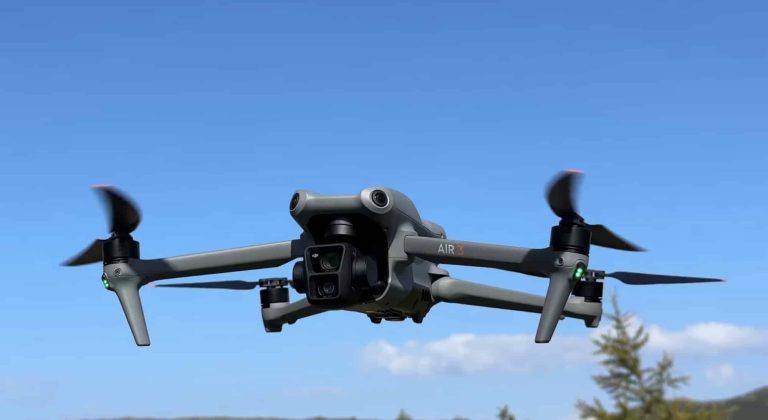
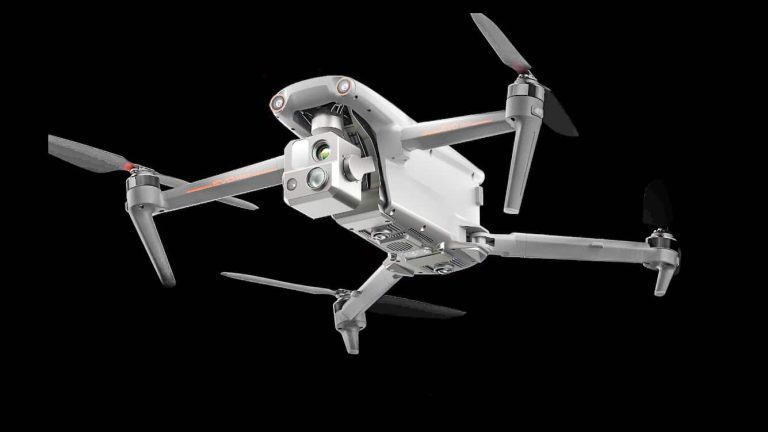
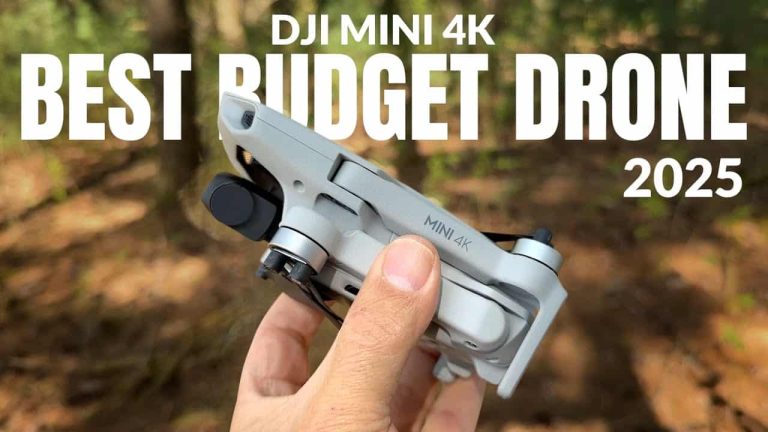


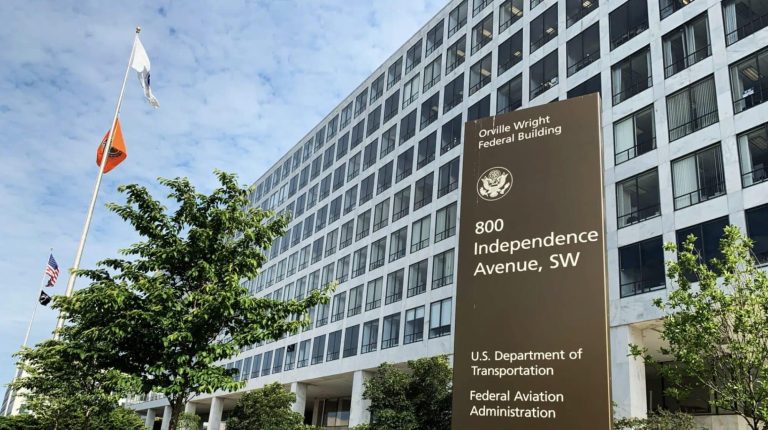
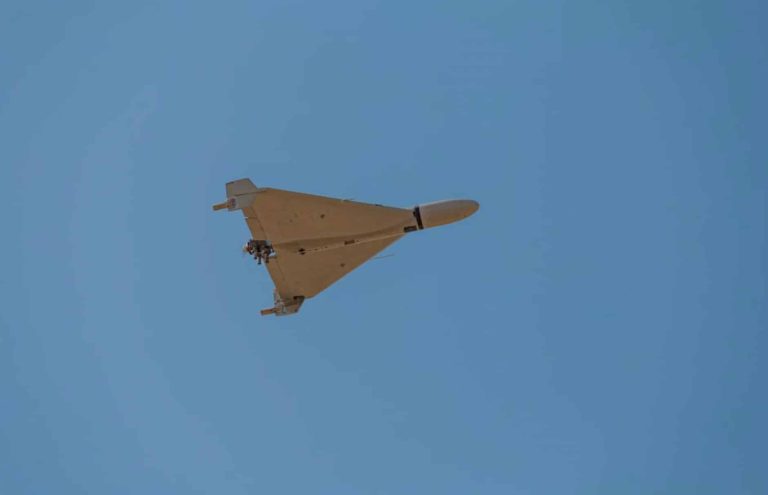

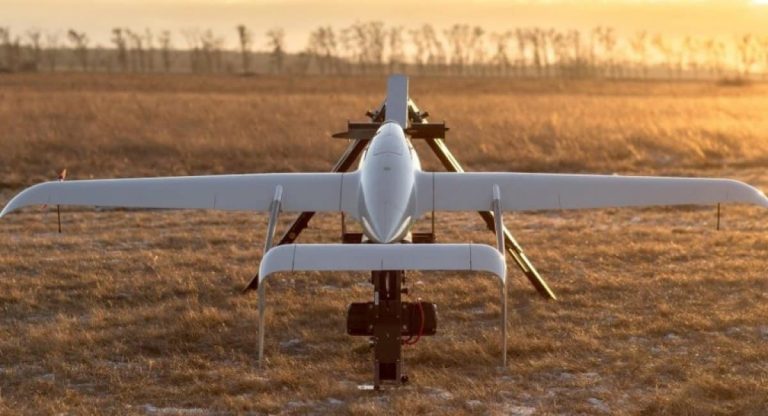
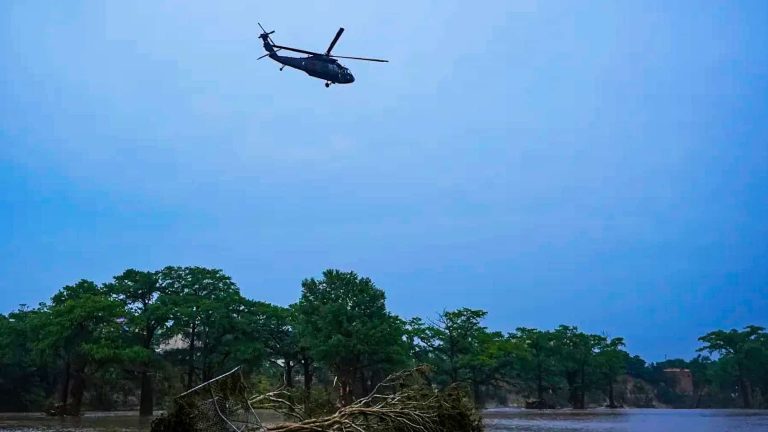
+ There are no comments
Add yours